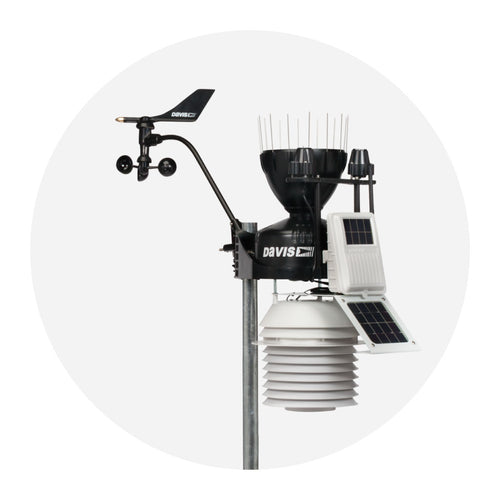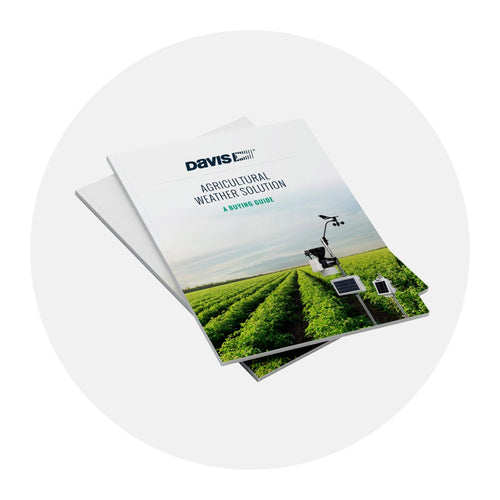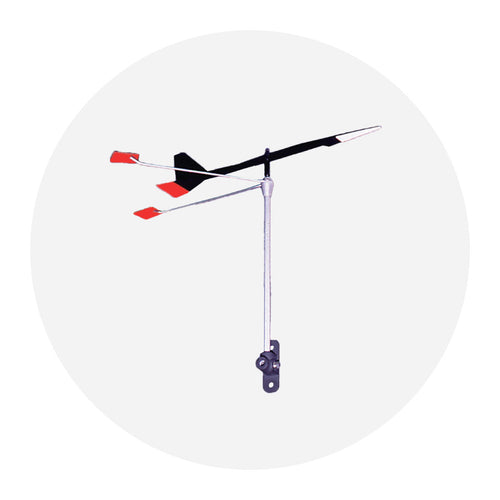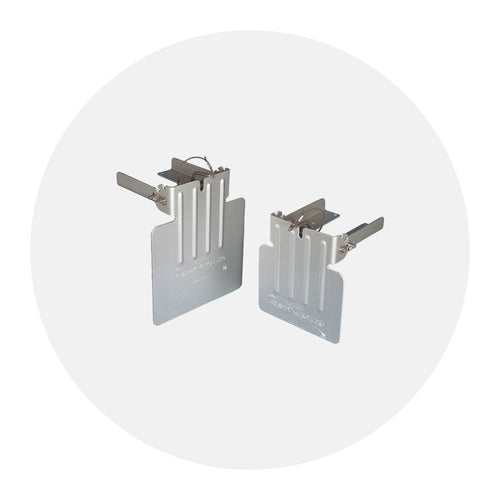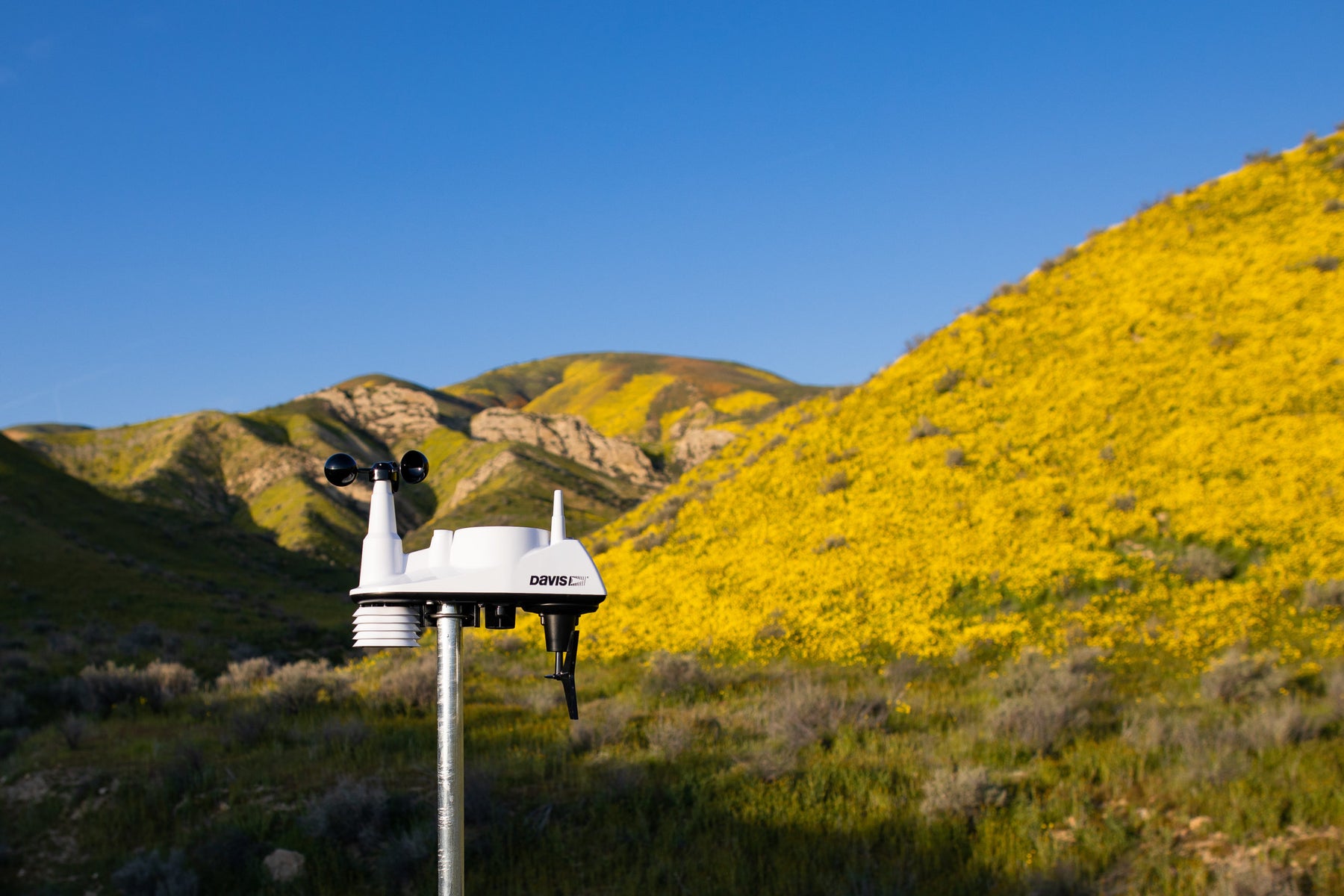
The Magic of Perfect Weather Conditions: Superblooms
Last year, the deserts of California gave us a spectacular superbloom, the better-than-usual proliferation of spring desert blooms. The typical beiges and browns of the desert exploded into greens, yellows, purples, and reds. It drew flower- and desert-lovers from miles around.
 This traveling Vantage Vue saw the 2019 superbloom in Carizzo Plain National Monument.
This traveling Vantage Vue saw the 2019 superbloom in Carizzo Plain National Monument.
This year, the story is a little different. While back-to-back superblooms do occur, they are not common. Desert wildflowers happen every spring, but superblooms happen more like once in a decade. The natural conditions this year have not been quite so perfect for a superbloom, but since we Californians are under shelter-in-place orders and aren't able to travel to our parks, we’re enjoying images from last year’s show. We thought you might like to too. (We are also enjoying a daily check-in with the live-stream from Antelope Valley where Golden Poppies, California's state flower, are making their annual show via the live-stream poppy-cam.)
 A Davis Instruments team member observing the weather on their Vantage Vue console from the warmth of their sleeping bag.
A Davis Instruments team member observing the weather on their Vantage Vue console from the warmth of their sleeping bag.
Why is 2020 sort of a bust as far as our California superbloom goes?
To get a spring annual flower, you must first get seed germination. That means the first necessity for a superbloom is a nice, thick seed blanket in the soil. In the winter, these seeds are essentially asleep, waiting for conditions to tell them to wake up and grow. The wake-up alarms are soil temperature and moisture. In the desert, the most important of these is moisture in the form of rain. When rain comes in just the right amounts and at just the right time, the hard, thick seed coat is broken, and seeds take up water. For a desert superbloom, the ideal rains start in November or December and come in bursts of at least ½ inch at once. But this year November and December were bone dry.
Temperature, too, matters during this time. Bursts of rain followed by cool weather is perfect because it keeps that moisture locked in around the seeds. Hot, dry weather after rain can undo all the work of the rain.
Once the seeds have taken up moisture, they physiologically wake up. The cells begin to respire, taking in oxygen and releasing carbon dioxide, and they begin to make proteins and metabolize food stores. Soil that is too wet or too compact can doom the seeds.
 The superbloom on full display in 2019 at California's Carizzo Plain National Monument.
The superbloom on full display in 2019 at California's Carizzo Plain National Monument.
This year, the deserts of California saw a warm, dry January: not perfect for germinating seeds. Rain did finally come in late February, but for many seeds this was too late.
Once the seeds germinate and the flowers open, uncooperative weather can still ruin next year’s blooms: high winds can scatter pollen, creating a thin seed blanket sleeping in the soil until next year.
For us Californians, this year is not going to be one for the superbloom record books. But areas in California (like Anza-Borrego Desert State Park, Death Valley National Park, Joshua Tree National Park, Carrizo Plain National Monument, Coachella Valley, and the Mojave Preserve) are not the only places in the world to see a superbloom. Other southwestern states including Arizona, Nevada, Texas, and New Mexico have superblooms.
Outside the US, you can see a superbloom in these spots:
- Mexico: Our blooms actually start in Baja California, in the Valley of the Giants near San Filipe, and work their way up the coast.
- Chile: The Atacama Desert, despite being the driest desert in world, has a spectacular superbloom, the desierto florido or flowering desert, every 5-7 years.
- South Africa: Namaqualand’s superblooms can happen from August to October.
- Western Australia: Superblooms of orchids and wildflowers can happen from July to October.
 Our Davis team never goes camping without a Vantage Vue.
Our Davis team never goes camping without a Vantage Vue.
It’s clear why we weather- and nature-lovers rejoice over a superbloom. Those few weeks of color and life, sometimes attracting swarms of butterflies, are beautiful reminders of the power and resilience of nature. We feel it even when the bloom is not super, but average, with only the hardiest and strongest of flowers opening up to face the desert sun. They remind us that life goes on, despite shelter-in-place orders and dry Decembers. They aren’t miracles or magic, but they can sure feel like it. And who doesn’t need a touch of miracles and magic right about now?
In the face of escalating environmental risks, AEM is the essential source for insights on weather, climate, lightning, floods, wildfires, water management, and more.
Learn more about AEM and all of our solutions here.



